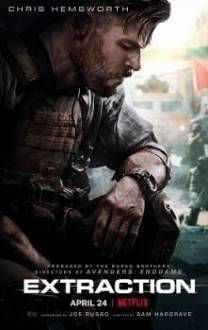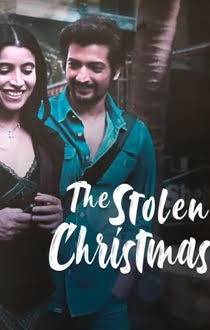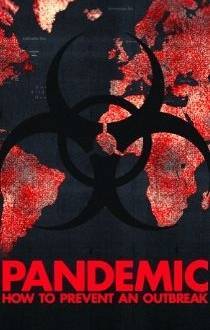ONCE UPON A TIME IN HOLLYWOOD MOVIE REVIEW
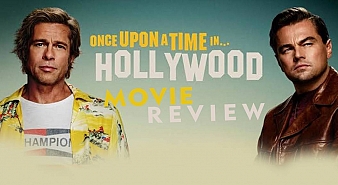
Quentin Tarantino, whose style and aesthetic is characterized by hyper-violence, makes his most mellowed tribute to celluloid and the ever-lasting relationships built over it. Adding more irony is that he set this film at a time when America was at the threshold of violence and hate, with the Vietnam War happening at the time.
Set in 1969, Once Upon A Time In Hollywood (OUATIH) presents an alternate reality to the infamous Manson murders, which led to the killing of actress Sharon Tate, the then-wife of Roman Polanski. The film tells the story of Rick Dalton, a chain-smoking actor whose career is nearing oblivion, and his stunt double Cliff Booth (played by Brad Pitt), who is more of a personal assistant to Rick after he faces irrelevance due to the fading existence of American Western. They live in Los Angeles and Rick happens to be the neighbour of Sharon Tate.
The film invests more time in the recovery of Rick as a Western-genre hero and his self-discovery. The narrative plays out as a meta-movie where fictional central characters encounter real-life demi-gods. An instance involves the scene where Cliff confronts Bruce Lee in a duel and eventually tames him.
The film uses montage as an effective way to deliver exposition (like the conversational scene where a movie mogul raves about Rick's performances, only to slyly tell him that he's turning irrelevant). The dialogue is also steered clear from the monologues, but instead, it feels more self-reflective in nature and a towering example is a scene where Rick converses with a fellow child actress on a book he's reading.
The talky nature of Tarantino-verse is much subdued in OUATIH. Sharon Tate barely speaks a page of dialogue. But the film never ceases to provide tension, particularly for those who have a decent knowledge of the incident, the premise is based upon. We know that violence is inevitable, but the fun is in knowing when it kicks in. The sense of anticipation is built through this guessing game.
The film excels at building a fictional narrative through cinema history and detonates with a violent climax (that is still tamer than his other films), that ticks our expectations. The scene uses action-comedy tropes and effectively encapsulates the bond between Cliff and Rick in a nutshell, that a stunt double has to bite the bullet for his star, only this time it gets real.
Technically, OUATIH is a reflection of Tarantino's passionate affection with celluloid. The usage of various film stock, aspect ratios, and the warm sun-bathed cinematography harks us back to a bygone era of cinema that is accompanied by dirt, grain, and dreamy quality. OUATIH is a perfect companion piece to his 2009 film Inglorious Basterds (there is a little easter egg of IB in this film), and a completely satisfying take on the buddy film genre.
ONCE UPON A TIME IN HOLLYWOOD VIDEO REVIEW
BEHINDWOODS REVIEW BOARD RATING
REVIEW RATING EXPLANATION
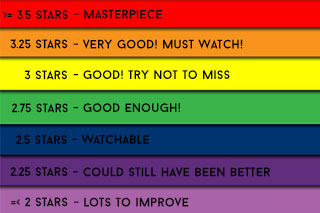
ONCE UPON A TIME IN HOLLYWOOD NEWS STORIES
ONCE UPON A TIME IN HOLLYWOOD RELATED NEWS
- Goosebumps: Once Upon A Time In Hollywood Receives A Very Lo...
- ‘இந்தியன் 2’ பிரபலத்தை...
- தண்ணீரில் மூழ்கிய டைட...
- Surprising! Chennai Water Crisis Reaches Titanic Star
- HUGE!! Leonardo DiCaprio And Martin Scorsese Team Up Once Ag...
- Tarantino's Next Film Release Date Is Here - Check Out
- Woww: These 2 Biggest Stars To Act In Quentin Tarantino’s ...
- Shocking: Quentin Tarantino Reveals The Biggest Regret Of Hi...
- Actress Posts Video Of Her Horrific Car Crash!
- Actress Says Director Spat On Her And Strangled Her!
- Exciting Details: Quentin Tarantino’s Next On This Real Li...
- Titanic Re- Release Trailer Is Here
- Is It Leonardo DiCaprio To Play ‘The Joker’ In This Dire...
- DiCaprio's Next Will Be A Biopic Of This Renowned Artist
- Angelina Jolie Talks About How She Is Coping With Her Split ...
ONCE UPON A TIME IN HOLLYWOOD RELATED LINKS
- Production Design - Once Upon A Time In Hollywood | Oscars 2020 - Winners List - Slideshow
- Supporting Role - Brad Pitt | Oscars 2020 - Winners List - Slideshow
- Best Direction | Oscars 2020 - Nominees List - Slideshow
- Best Actor | Oscars 2020 - Nominees list - Slideshow
- Best Actor | Best Tamil film is a surprise! National Awards Highlights here - Slideshow
- Best Actor | Academy Awards 2015 - Nominations - Slideshow
- Original Screenplay | Oscars 2020 - Nominees list - Slideshow
- Original screenplay | Oscars 2018 - Complete Winners List - Slideshow
- Cinematography | Oscars 2020 - Nominees list - Slideshow
- Cinematography | Oscars 2018 - Complete Winners List - Slideshow
- Production Design | Oscars 2020 - Nominees list - Slideshow
- Production Design | Oscars 2018 - Complete Winners List - Slideshow
- Supporting Actor | Oscars 2020 - Nominees List - Slideshow
- Soung Mixing | Oscars 2020 - Nominees List - Slideshow
- Costume Design | Oscars 2020 - Nominees list - Slideshow

























